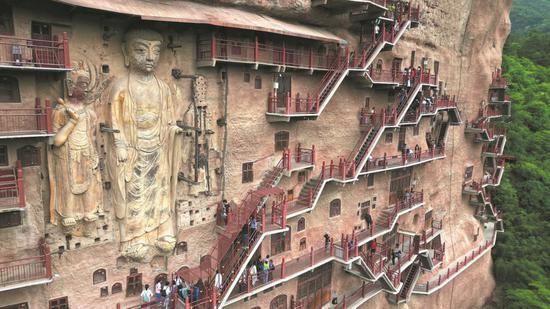
Tourists visit the Maijishan Grottoes in Tianshui, Gansu province, in June. The grottoes, which feature caves, sculptures and paintings dating back more than 1,600 years, are one of China's four major grottoes sites. (PHOTO/CHINA NEWS SERVICE)
Zhao Shengliang, a lifelong scholar of Dunhuang art, stood side by side with President Xi Jinping as they carefully inspected caves, sculptures and paintings that date back more than 1,600 years.
It was Zhao's second time accompanying Xi on such a cultural inspection, yet the moment struck him just as profoundly as the first time, as it reaffirmed the president's unwavering dedication to preserving China's rich heritage.
As part of Xi's four-day trip to Gansu province last week, Zhao accompanied the president on a fact-finding trip to the Maijishan Grottoes, one of China's four major grottoes sites. The other three are the Mogao Grottoes in Dunhuang, Gansu; the Yungang Grottoes in Datong, Shanxi province; and the Longmen Grottoes in Luoyang, Henan province.
Xi, who is also general secretary of the Communist Party of China Central Committee, encouraged cultural heritage professionals to remain dedicated to safeguarding the nation's treasures and to contribute greater efforts to the preservation and innovation of China's rich cultural heritage, while strengthening China's cultural influence on the global stage.
The Maijishan Grottoes feature 221 caves connected by elevated walkways and house more than 10,000 clay sculptures. Known as the "Oriental Sculpture Museum", it is a significant landmark along the ancient Silk Road.
China's vast landscape is home to nearly 6,000 cave temples, and the Chinese president lauded the nation's major grottoes as "treasures of Chinese civilization" that hold significant historical and cultural value.
Xi previously visited the Mogao Grottoes in August 2019, a trip for which Zhao also served as part of the entourage, and the Yungang Grottoes in May 2020.
Zhao, who is also Party secretary of the Dunhuang Academy, said: "The strongest impression I have is President Xi's deep respect for China's outstanding traditional culture. He has shown great concern for cultural heritage sites that represent Chinese civilization, such as the Mogao and Maijishan grottoes, and he has dedicated considerable attention to the preservation of these cultural relics."
The president was also very attentive as he visited with art workers who were restoring the cave paintings at the complex, Zhao said.
"I believe it is essential for more people today to learn about the Maijishan Grottoes, especially artists, who can draw inspiration from its sculptures to create new works that contribute to modern socialist culture," he added.
Ning Qiang, dean of Beijing Foreign Studies University's School of Art and Research, said that the grottoes stand as a testament to the cultural exchanges between China and other civilizations, and they embody the spirit of inclusiveness, adaptation and innovation of Chinese culture, another key factor underlying the president's keen interest in cultural heritage.
The Maijishan Grottoes site is one of those on the UNESCO World Heritage Site "Silk Road: Chang'an-Tianshan Corridor Road Network", which spans China, Kazakhstan and Kyrgyzstan.
"It was the shared beliefs and lifestyles of the people in these regions that led to the creation of the caves as a common cultural achievement," Ning added.
Since being elected general secretary of the CPC Central Committee in 2012, Xi has issued more than 170 important directives on cultural relics, archaeology and intangible cultural heritage, and has conducted on-site investigations of over 100 historical and cultural heritage sites.
"Historical and cultural heritage is a valuable resource that is neither renewable nor replaceable, and its protection should always be given top priority," Xi said when visiting the Yungang Grottoes in Shanxi.
During the inspection of Gansu last week, Xi expressed his support to the Dunhuang Academy in building an example of world cultural heritage protection and a center of Dunhuang studies.
Zhao, the scholar, highlighted the need to understand the distinctive features of the Maijishan Grottoes.
"In order to enhance the influence of the Maijishan Grottoes, the key is to adhere to the approach of using culture to shape tourism and tourism to highlight culture," Zhao said.
The conservation efforts applied to Dunhuang culture have been extended to the Maijishan Grottoes, Zhao said, adding that a complete monitoring and early warning system has been put into place, with each grotto being monitored for air quality, temperature and humidity. Nationwide, China is also making major strides in the preservation of its grottoes and other similar cultural heritage.
Digital collections have been completed for eight cave temples of the Maijishan Grottoes, and many murals and colored sculptures have been restored, with conservation efforts still underway, he said.
The Dunhuang Academy, which boasts cutting-edge technologies in preserving cave paintings, is backed by strong funding and staff support from the government.
"We are now applying the method to cultural heritage sites beyond the local boundaries. We believe that the ideas and technologies employed to protect the caves will offer valuable insights for tourism development and the rational use of cultural heritage sites worldwide," Zhao said.








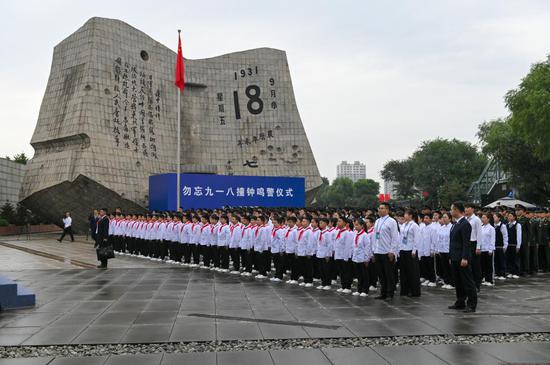
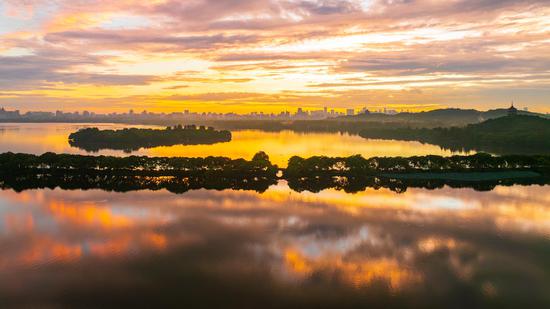
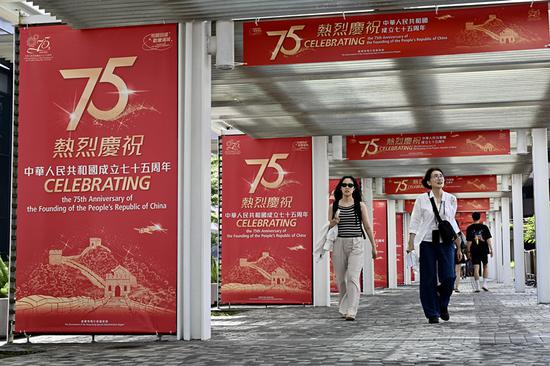
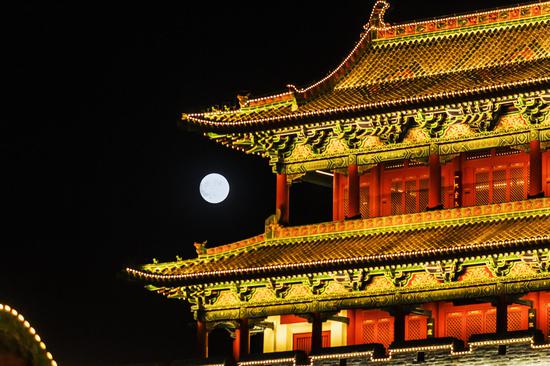



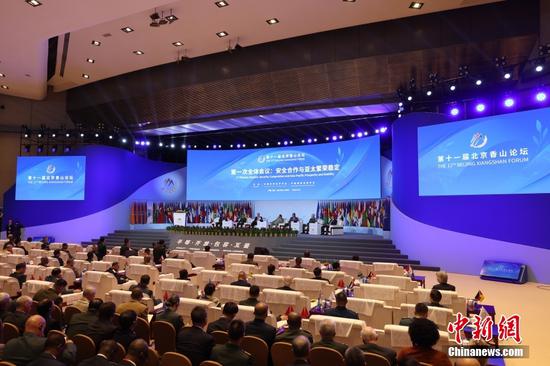

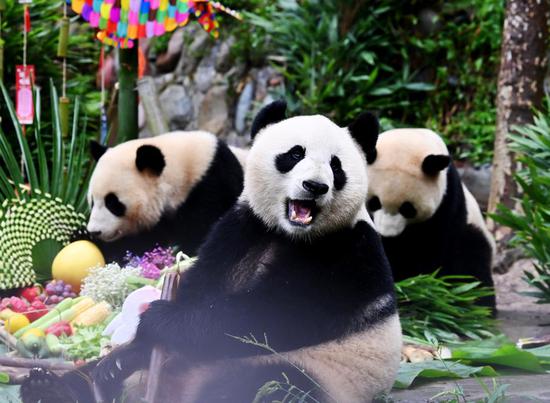
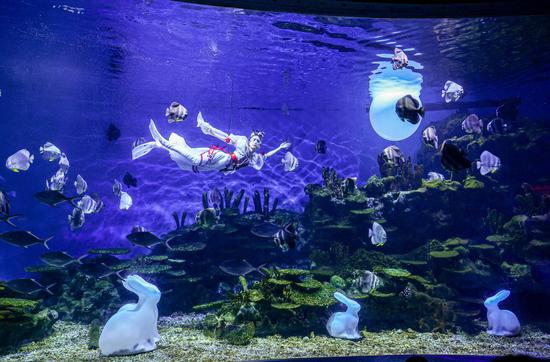
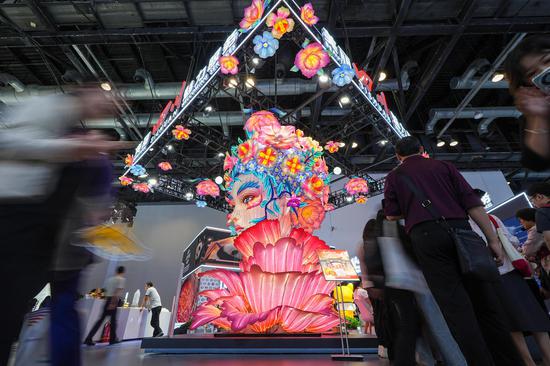

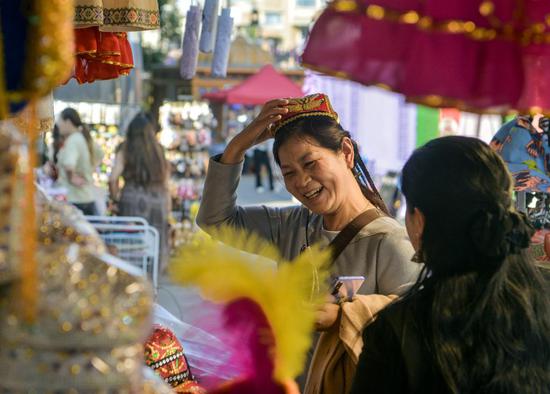
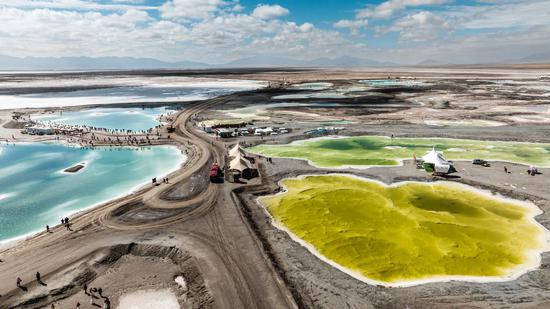
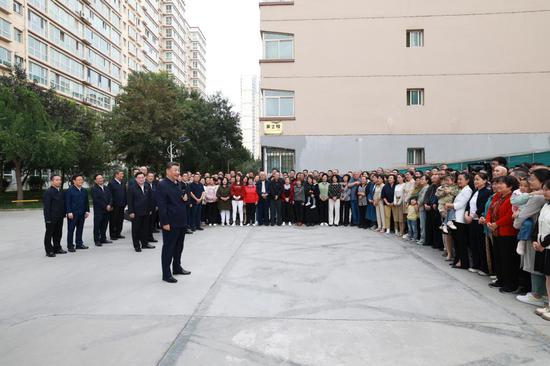
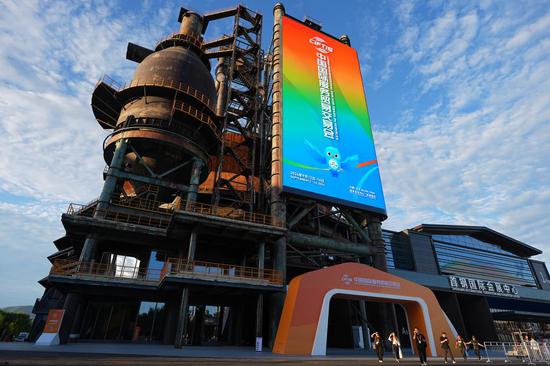

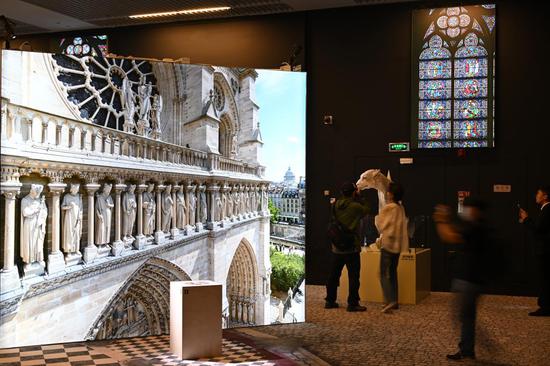
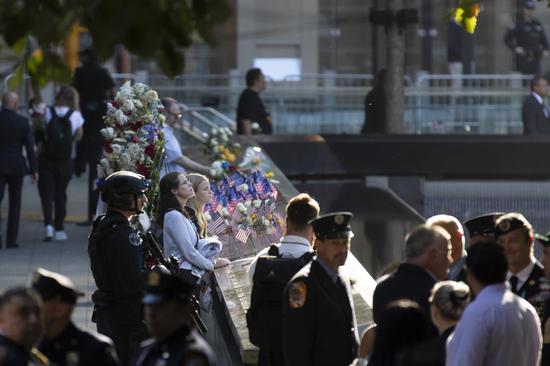
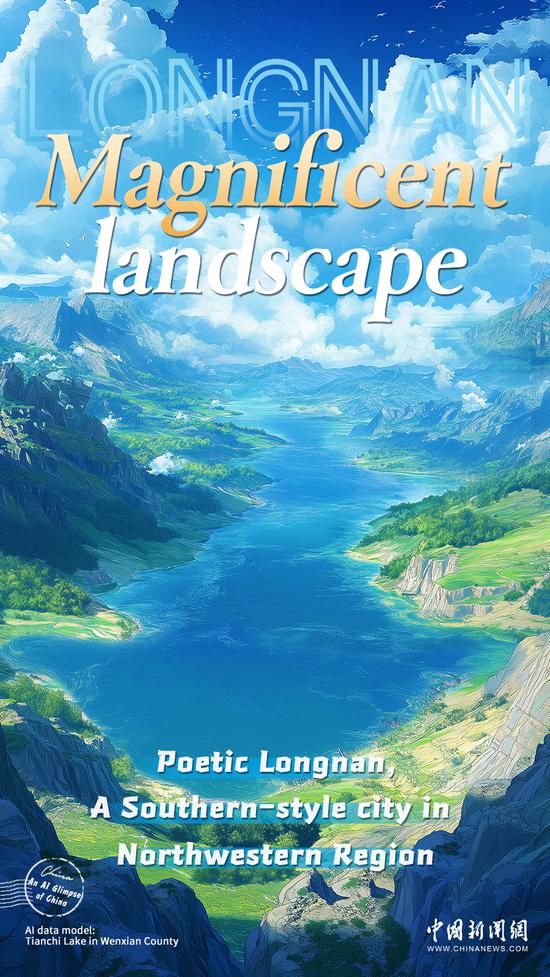


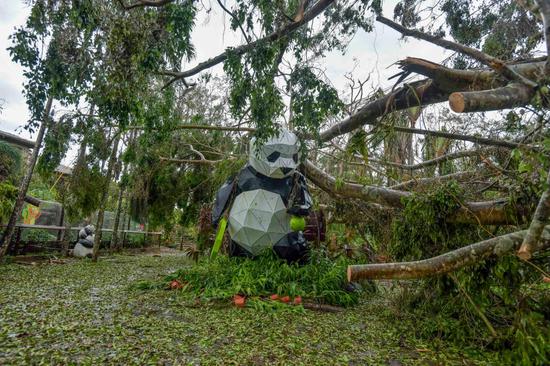
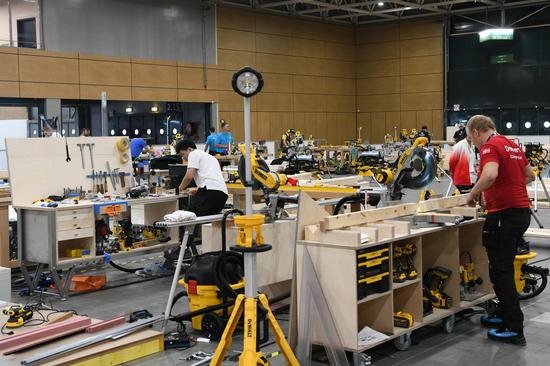
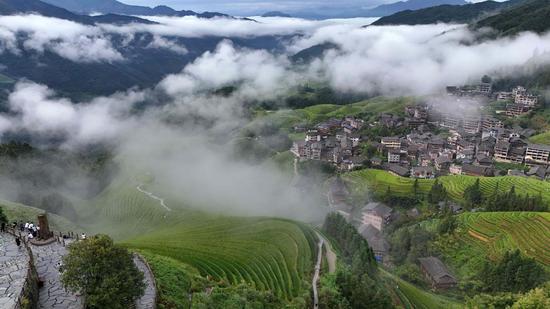
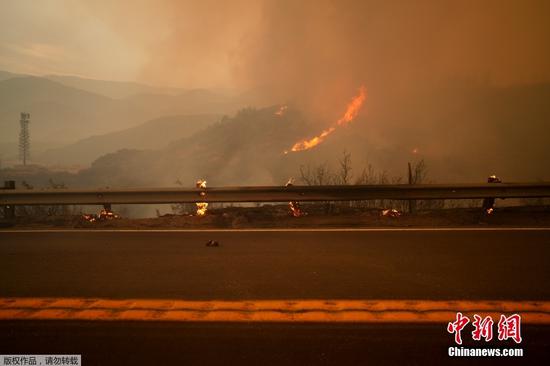
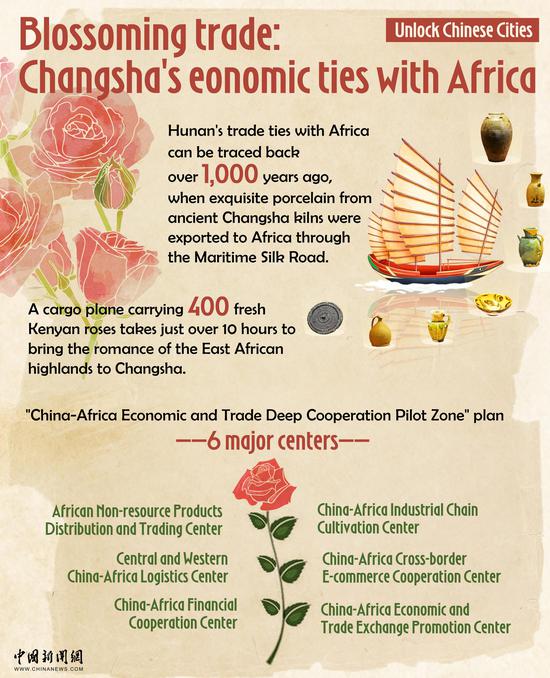
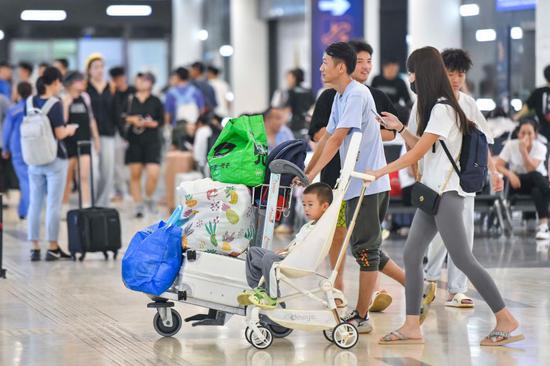
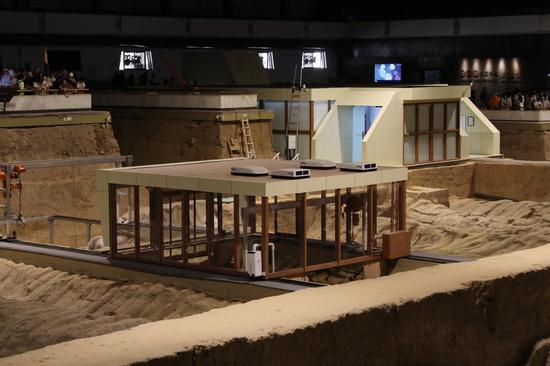


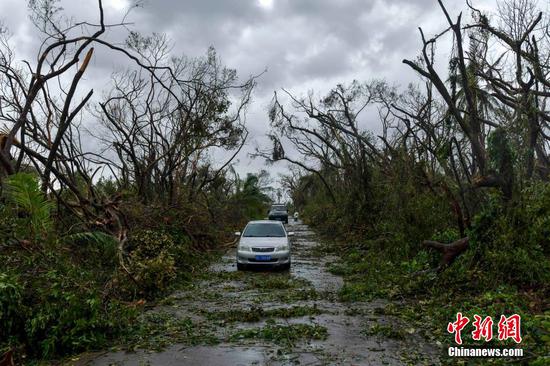


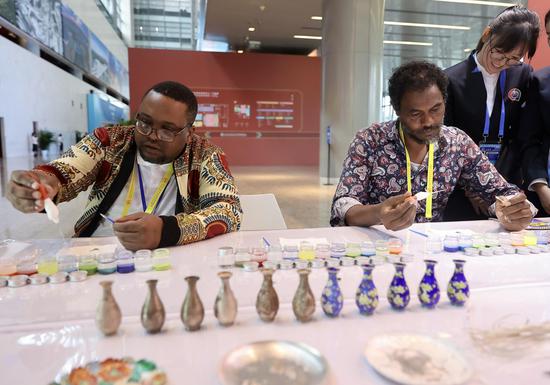
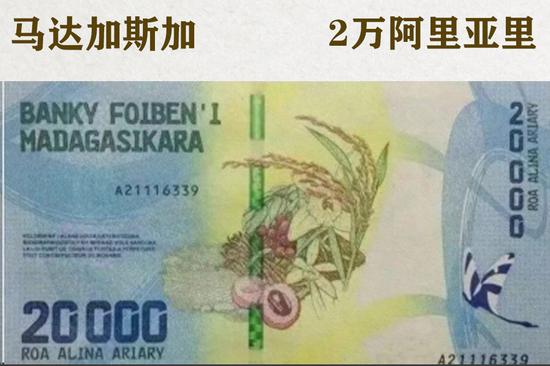

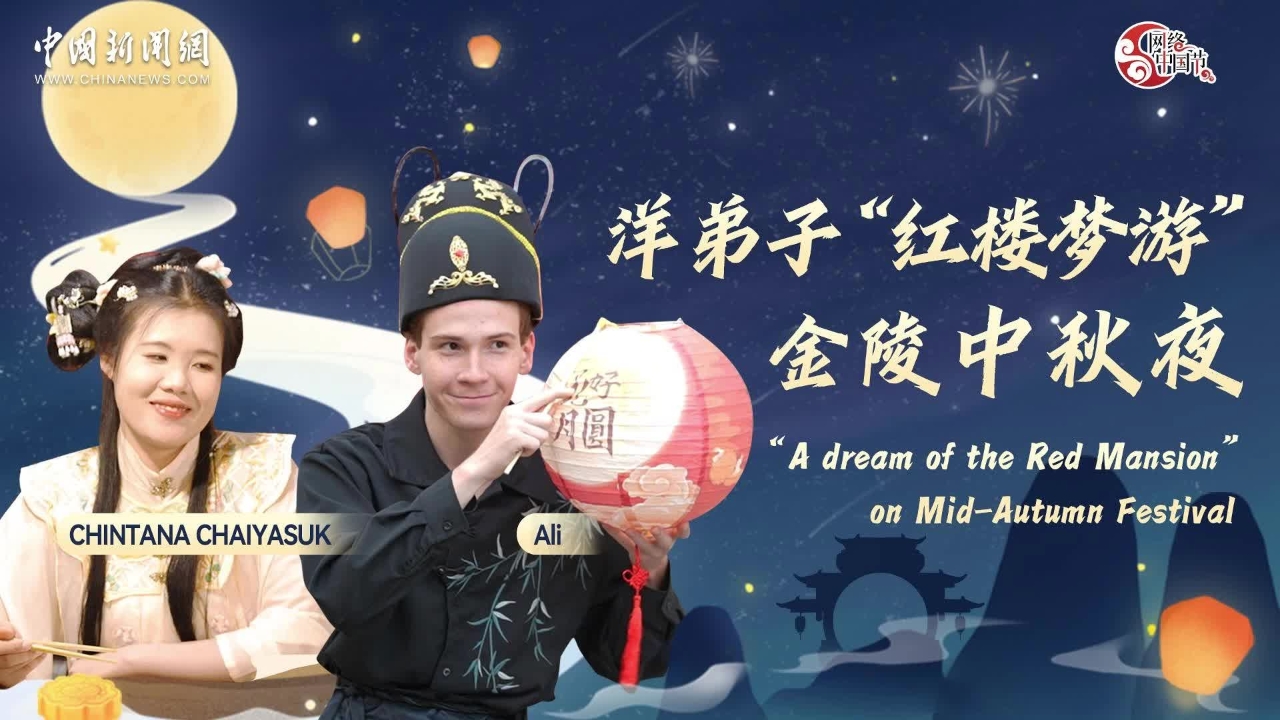

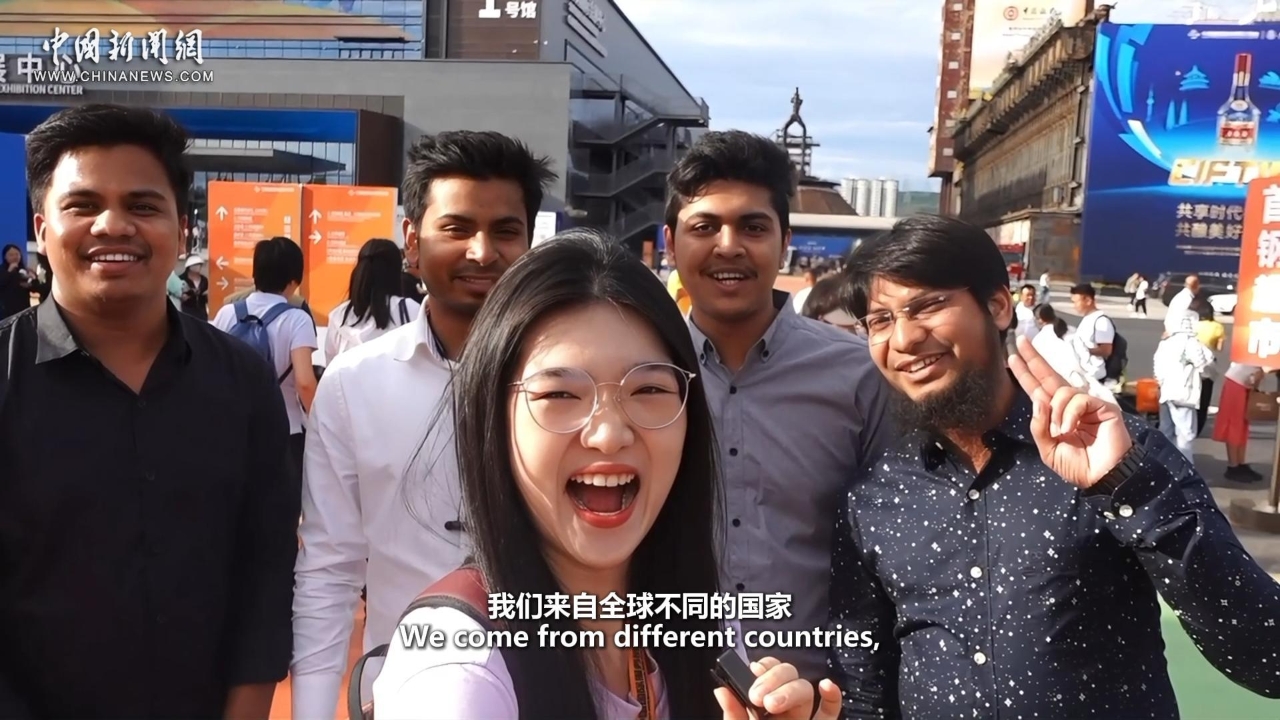

 京公网安备 11010202009201号
京公网安备 11010202009201号